AN EXTREMELY RARE LARGE IMPERIAL YELLOW-GROUND SILK-BROCADE 'DRAGON' ALTAR COVERQianlong The cover of rectangular shape with upturned ends, finely woven in gold and silver threads with sixty-eight five-clawed dragons, each sides with a central front-facing dragon chasing a flaming pearl between two side-facing dragons, all amidst vaporous wispy clouds and above rolling waves, the pleated pelmet with rectangular panels depicting further dragons, all above a border decorated with further striding dragons, with original storage labels attached reading 'Number Three on the Eastern Side', lined in yellow silk. 180cm (70 7/8in) wide x 118cm (42 1/2in) high at the highest point x 92cm (36 2/8in) deep.Footnotes清乾隆 御製明黃地雲龍海水紋妝花緞桌套 Provenance: Major General John Heron Maxwell Shaw Stewart (1831-1908), and thence by descent Linda Wrigglesworth Ltd., London, 1999 A Western private collection 來源:John Heron Maxwell Shaw Stewart少將(1831-1908)舊藏,並由後人保存迄今 倫敦古董商Linda Wrigglesworth Ltd.,1999年 西方私人收藏 Major General John Heron Maxwell Shaw Stewart (1831-1908) was the nephew of the 6th Baronet of the Shaw-Stewart Baronetcy and Blackhall in the Country of Renfrew, created on 27th March 1667 for Archibald Stewart in Scotland. Heron Maxell Shaw-Stewart was also a British royal engineer in India and a Captain in the Queen's Own Madras Sappers and Miners regiment in 1860. Superbly woven with a profusion of gold and silver writhing dragons riding the heavens amidst vaporous clouds and rolling waves, this magnificent altar cover is exceptionally rare and a splendid testament to the scale and opulence of the Qianlong Court. As its original label suggests, this remarkable cover, noted for the superb quality of its weaving and the painstaking attention to detail, noted in the overlapping scales of the dragons, the turbulent waves and the animated faces of the mythical animals, would have certainly lined a large altar table located in one of the main halls within an Imperial residence. Yellow altar frontals embroidered with dragons were the most formal of all covers and likely used on the ancestral altar tables or Confucian and Buddhist temples. In this context, the silk employed to decorate the various furnishing and walls would have been emblematic of the Emperor's cosmic authority, displaying five-clawed dragons positioned against a cloud-filled firmament, above waves and billows of the universal ocean crashing against Earth's mountains. Highly-decorated altar covers covering all four sides of an altar table as well as the top are extremely rare. Altar frontals appear to be more common. An yellow-ground silk altar cover, embroidered with three dragons on the front beneath a pleated valence decorated with further dragons, is pictured in a photograph of the Qian Qing Gong (Palace of Heavenly Purity) in the Forbidden City, Beijing, on an altar placed in front of an elaborately carved throne, illustrated by Wan Yi, Wang Shuqing and Lu Yanzheng, Life in the Imperial Palaces of the Qing Dynasty, 1985, p.192, no.277. The photograph, depicting the setting of the Qianlong emperor's family banquet, illustrates the imperial usage of yellow altar frontals with dragons in the Court. A very similar example to the present table cover is used on the altar and seal chest covers in the Palace of Earthly Repose, where sacrificial banquets were held and Imperial seals were stored. All the yellow-ground silk covers featured in this hall cover the tops as well as all four sides of the seal chests and tables, and are decorated with woven designs of gold and silver dragons organised in a similar scheme as the present example, namely with two side-facing dragons flanking a full facing dragon on the front sides and a pleated pelmet depicting further dragons; see Wan-go Weng and Yang Boda, The Palace Museum: Peking, New York, 1982, pp.54.
AN EXTREMELY RARE LARGE IMPERIAL YELLOW-GROUND SILK-BROCADE 'DRAGON' ALTAR COVERQianlong The cover of rectangular shape with upturned ends, finely woven in gold and silver threads with sixty-eight five-clawed dragons, each sides with a central front-facing dragon chasing a flaming pearl between two side-facing dragons, all amidst vaporous wispy clouds and above rolling waves, the pleated pelmet with rectangular panels depicting further dragons, all above a border decorated with further striding dragons, with original storage labels attached reading 'Number Three on the Eastern Side', lined in yellow silk. 180cm (70 7/8in) wide x 118cm (42 1/2in) high at the highest point x 92cm (36 2/8in) deep.Footnotes清乾隆 御製明黃地雲龍海水紋妝花緞桌套 Provenance: Major General John Heron Maxwell Shaw Stewart (1831-1908), and thence by descent Linda Wrigglesworth Ltd., London, 1999 A Western private collection 來源:John Heron Maxwell Shaw Stewart少將(1831-1908)舊藏,並由後人保存迄今 倫敦古董商Linda Wrigglesworth Ltd.,1999年 西方私人收藏 Major General John Heron Maxwell Shaw Stewart (1831-1908) was the nephew of the 6th Baronet of the Shaw-Stewart Baronetcy and Blackhall in the Country of Renfrew, created on 27th March 1667 for Archibald Stewart in Scotland. Heron Maxell Shaw-Stewart was also a British royal engineer in India and a Captain in the Queen's Own Madras Sappers and Miners regiment in 1860. Superbly woven with a profusion of gold and silver writhing dragons riding the heavens amidst vaporous clouds and rolling waves, this magnificent altar cover is exceptionally rare and a splendid testament to the scale and opulence of the Qianlong Court. As its original label suggests, this remarkable cover, noted for the superb quality of its weaving and the painstaking attention to detail, noted in the overlapping scales of the dragons, the turbulent waves and the animated faces of the mythical animals, would have certainly lined a large altar table located in one of the main halls within an Imperial residence. Yellow altar frontals embroidered with dragons were the most formal of all covers and likely used on the ancestral altar tables or Confucian and Buddhist temples. In this context, the silk employed to decorate the various furnishing and walls would have been emblematic of the Emperor's cosmic authority, displaying five-clawed dragons positioned against a cloud-filled firmament, above waves and billows of the universal ocean crashing against Earth's mountains. Highly-decorated altar covers covering all four sides of an altar table as well as the top are extremely rare. Altar frontals appear to be more common. An yellow-ground silk altar cover, embroidered with three dragons on the front beneath a pleated valence decorated with further dragons, is pictured in a photograph of the Qian Qing Gong (Palace of Heavenly Purity) in the Forbidden City, Beijing, on an altar placed in front of an elaborately carved throne, illustrated by Wan Yi, Wang Shuqing and Lu Yanzheng, Life in the Imperial Palaces of the Qing Dynasty, 1985, p.192, no.277. The photograph, depicting the setting of the Qianlong emperor's family banquet, illustrates the imperial usage of yellow altar frontals with dragons in the Court. A very similar example to the present table cover is used on the altar and seal chest covers in the Palace of Earthly Repose, where sacrificial banquets were held and Imperial seals were stored. All the yellow-ground silk covers featured in this hall cover the tops as well as all four sides of the seal chests and tables, and are decorated with woven designs of gold and silver dragons organised in a similar scheme as the present example, namely with two side-facing dragons flanking a full facing dragon on the front sides and a pleated pelmet depicting further dragons; see Wan-go Weng and Yang Boda, The Palace Museum: Peking, New York, 1982, pp.54.
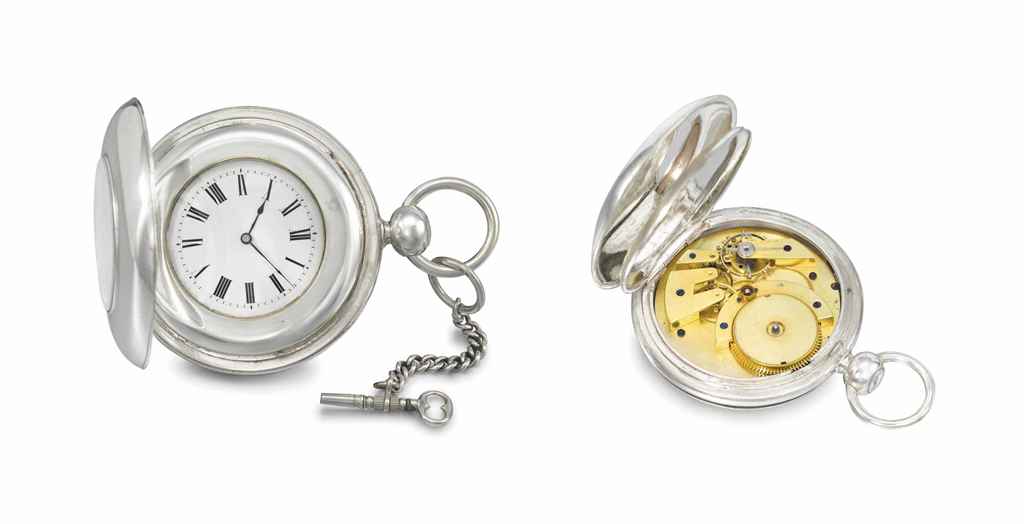
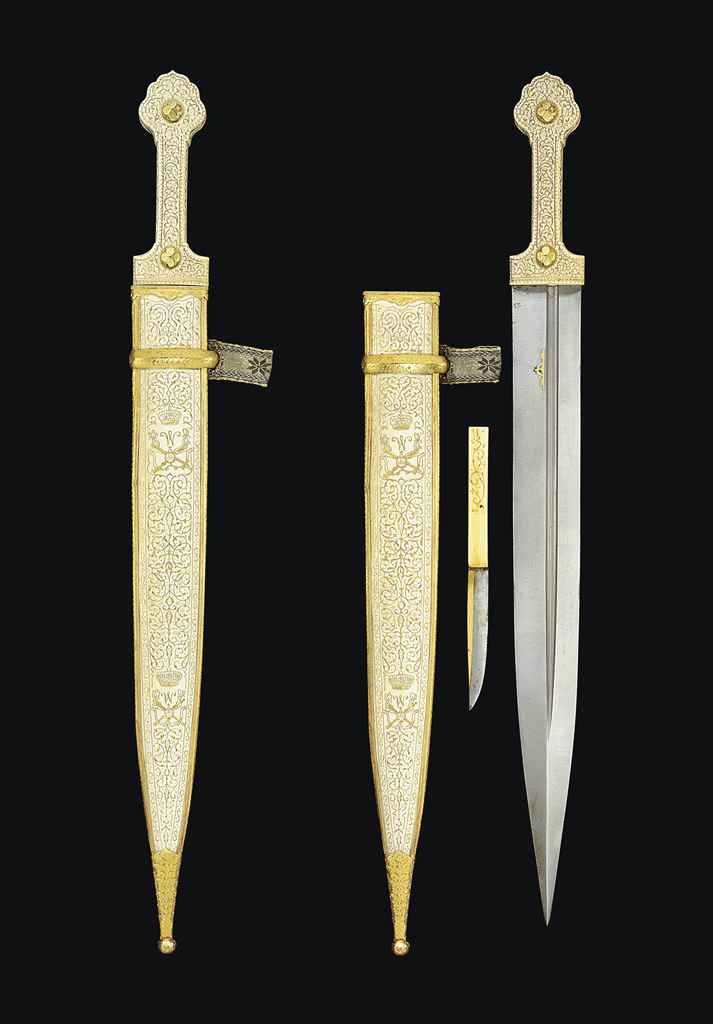
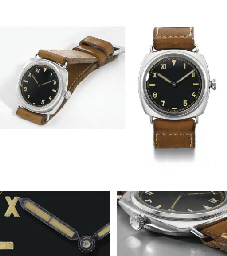
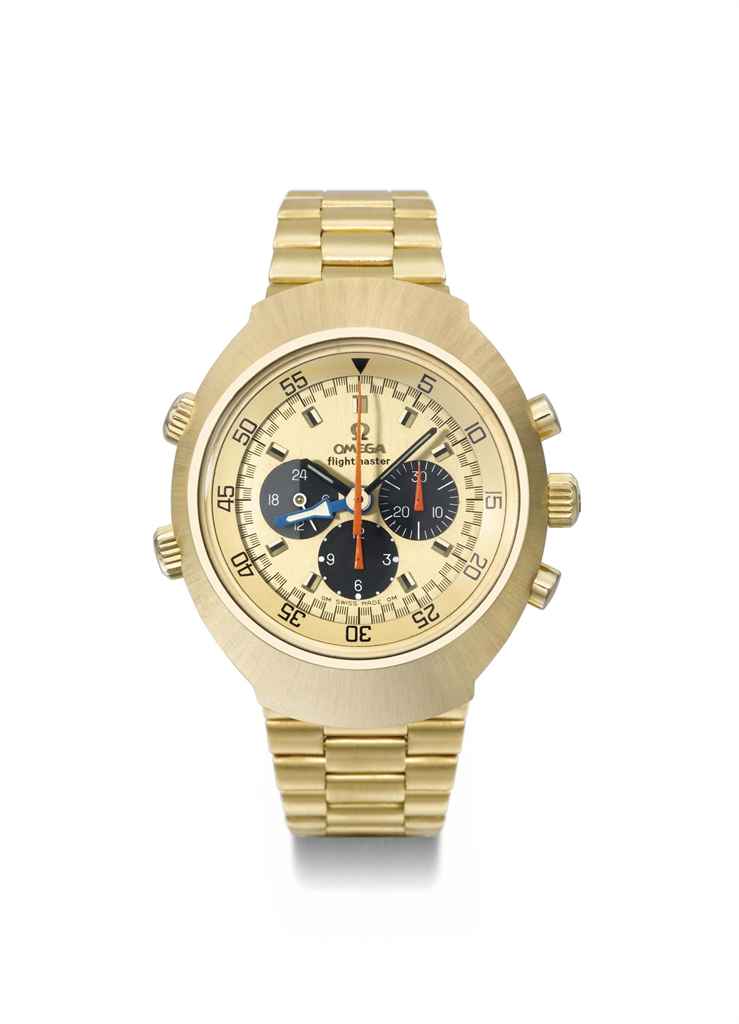
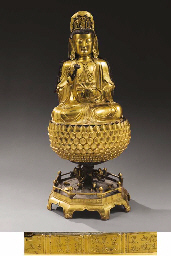
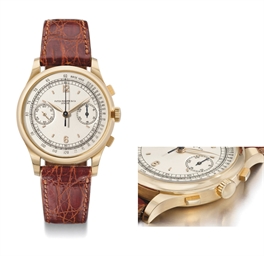
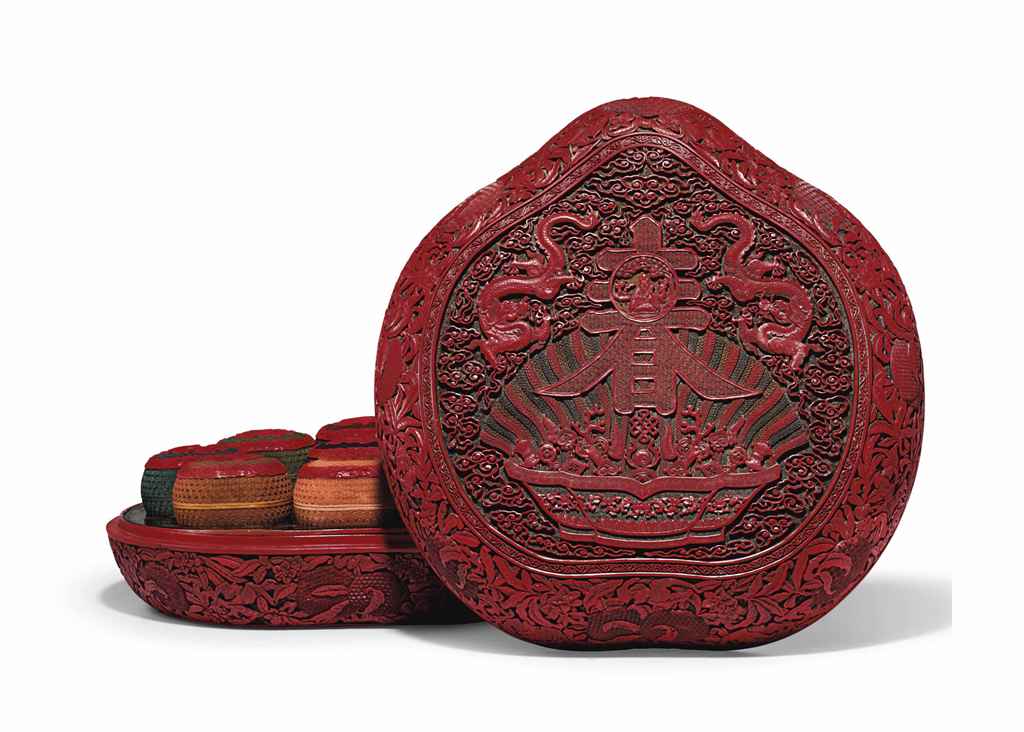
.jpg)
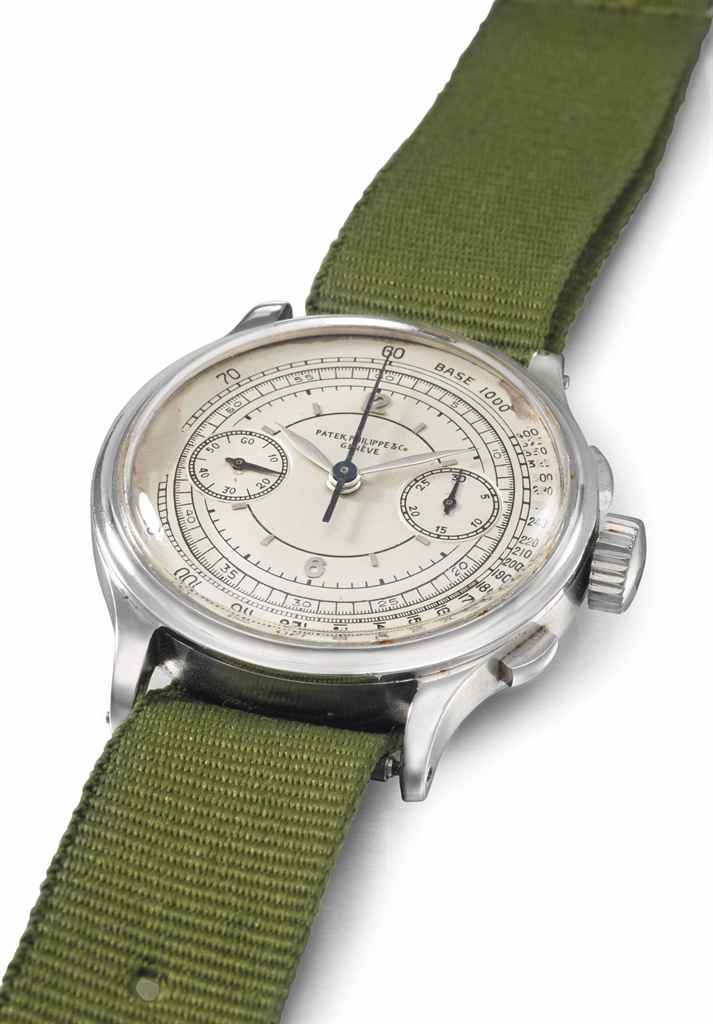
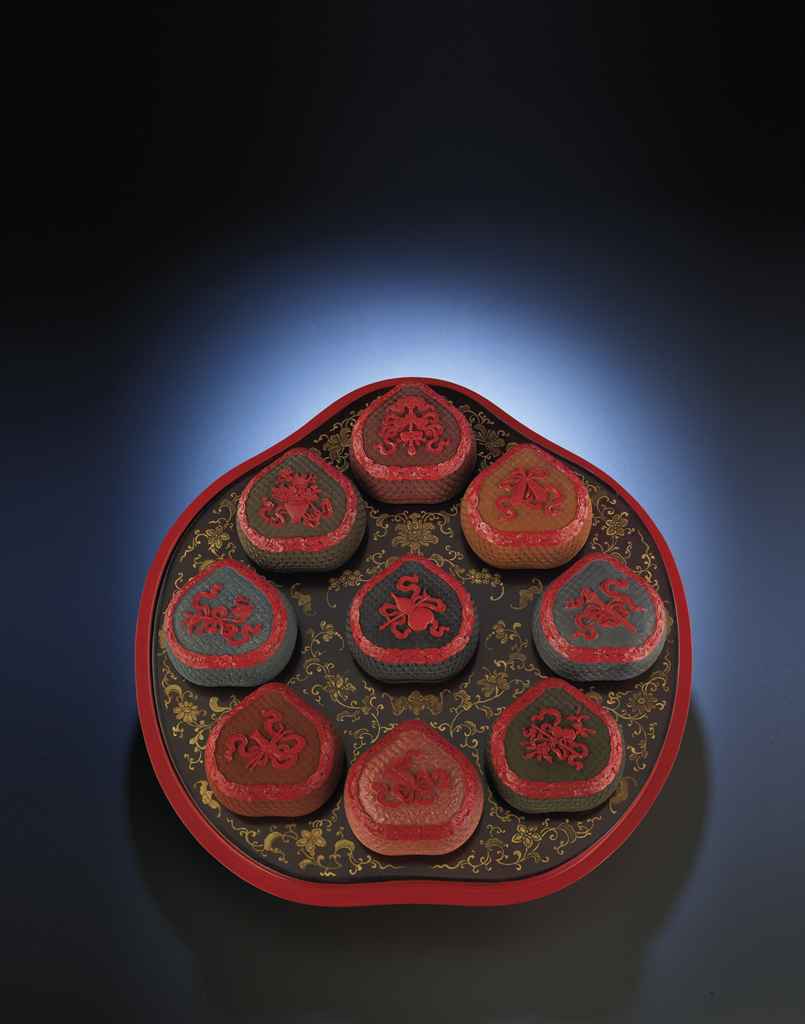

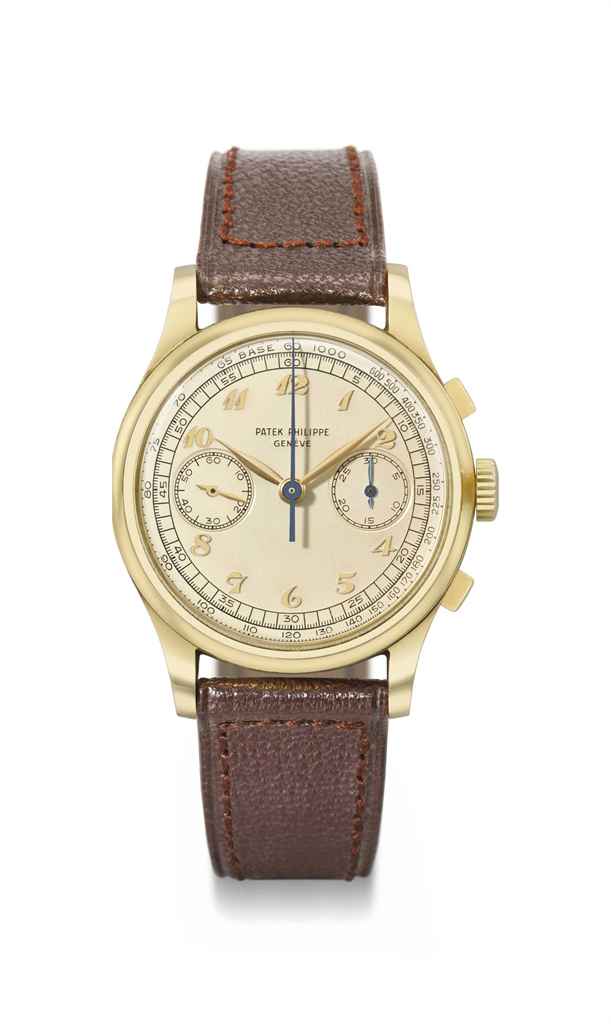
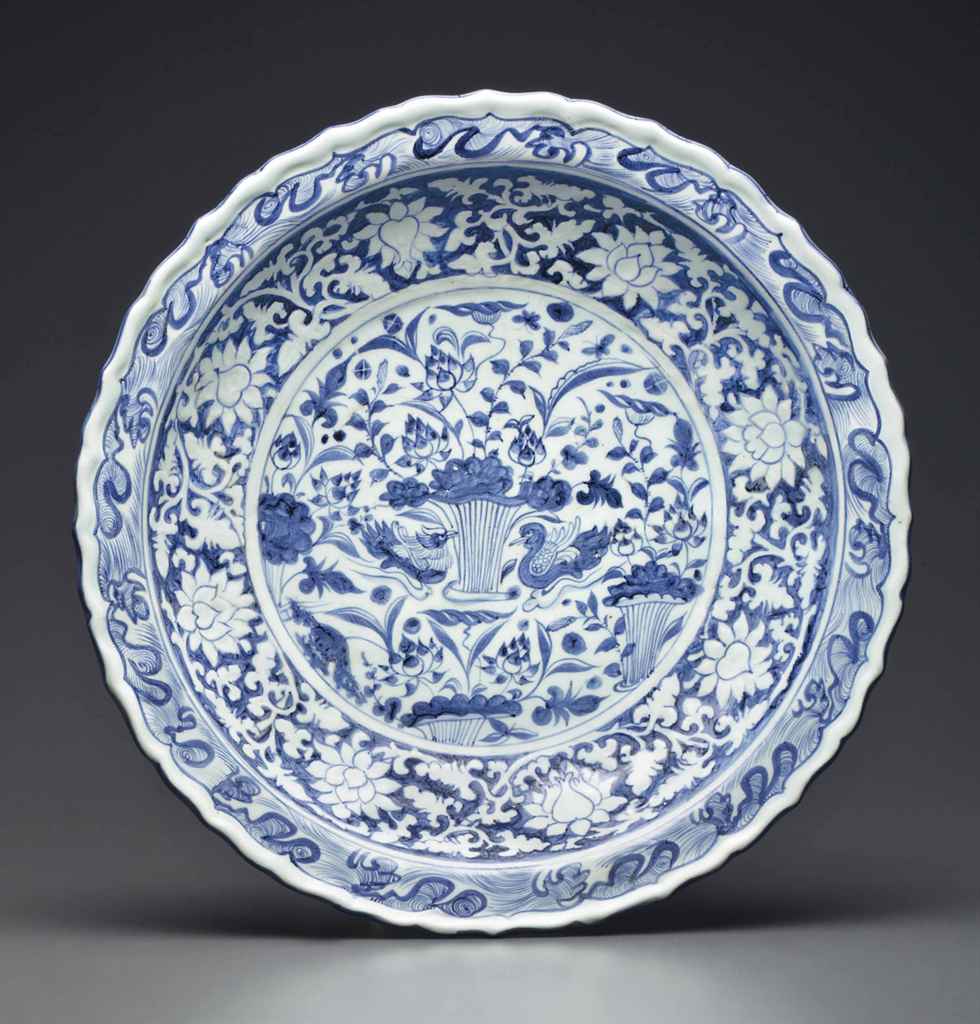
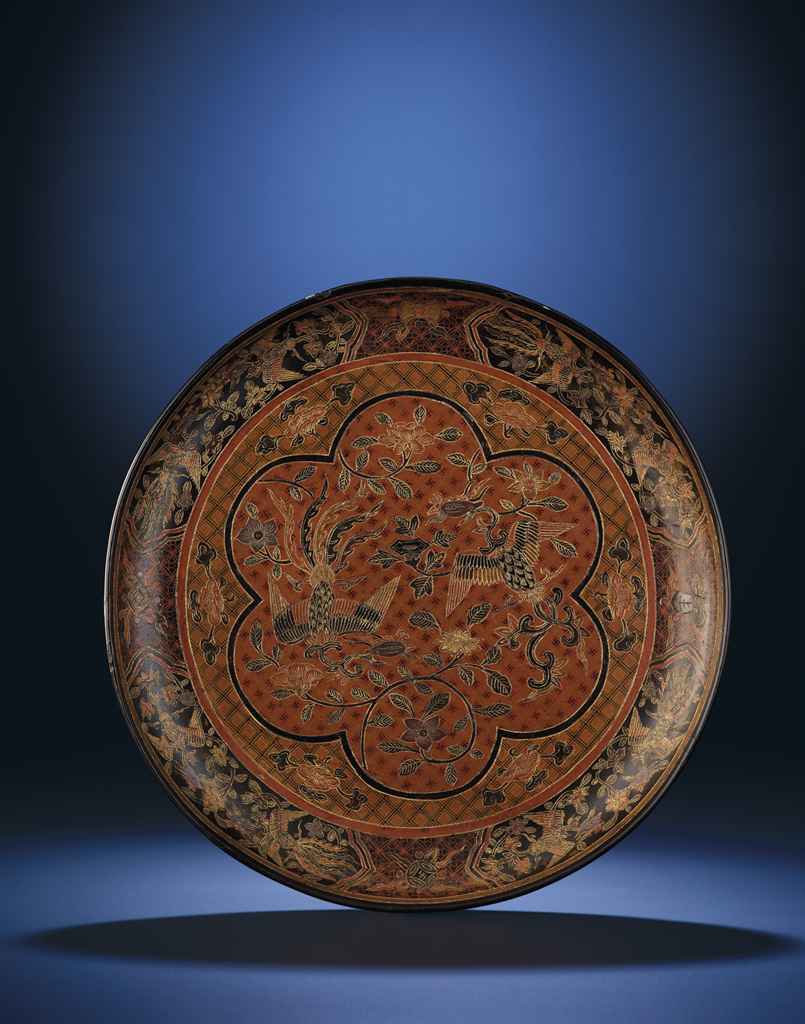

Testen Sie LotSearch und seine Premium-Features 7 Tage - ohne Kosten!
Lassen Sie sich automatisch über neue Objekte in kommenden Auktionen benachrichtigen.
Suchauftrag anlegen